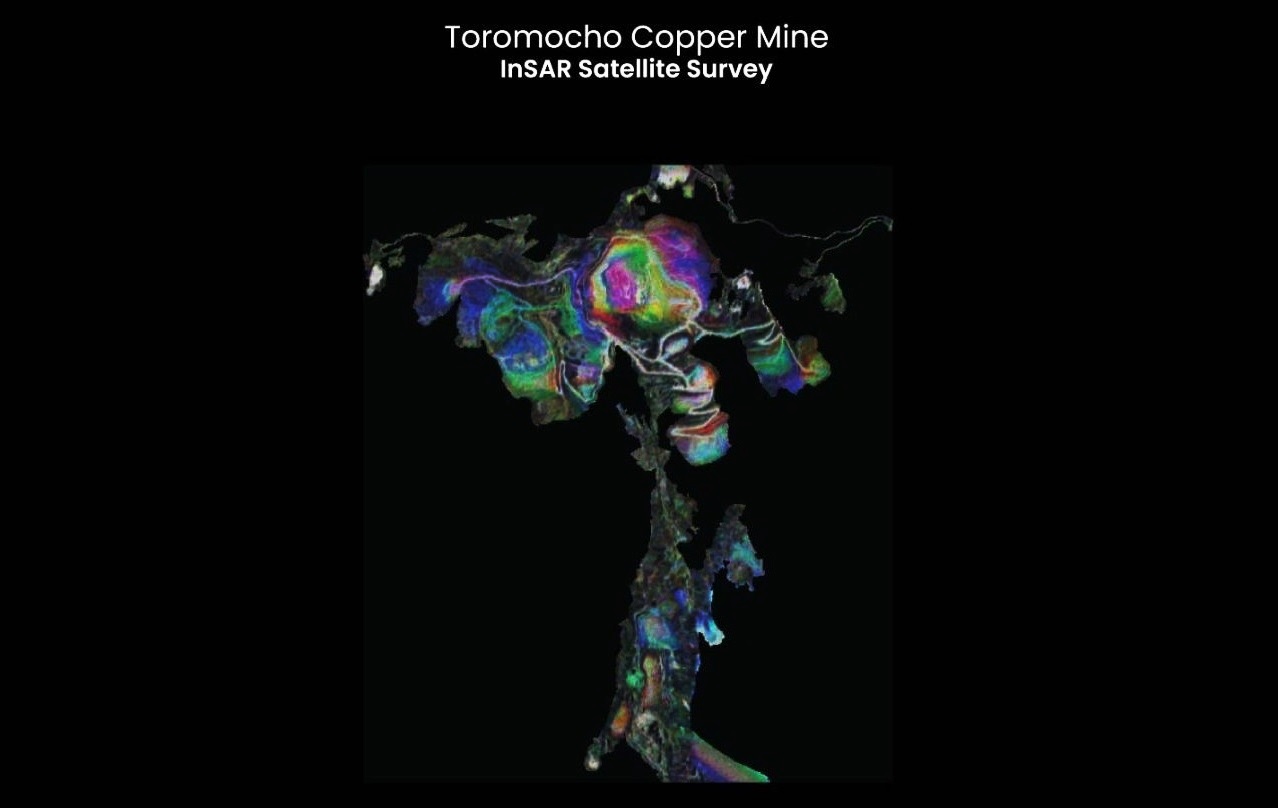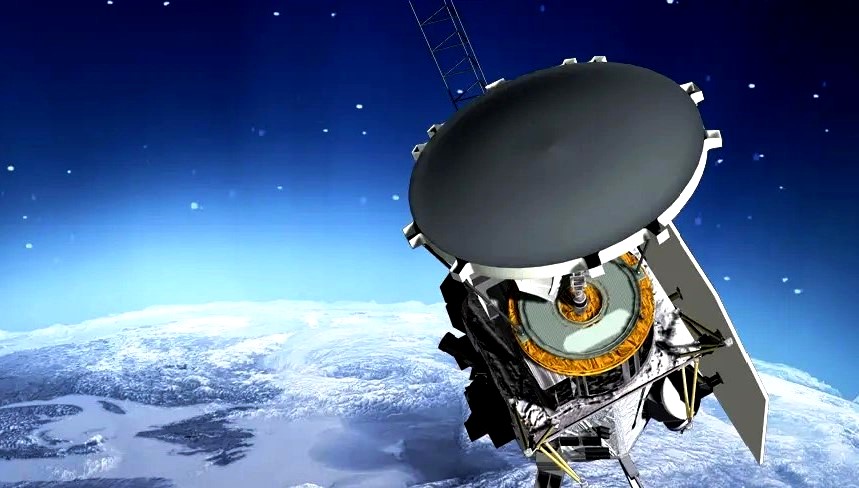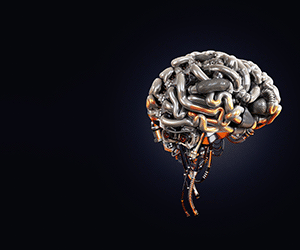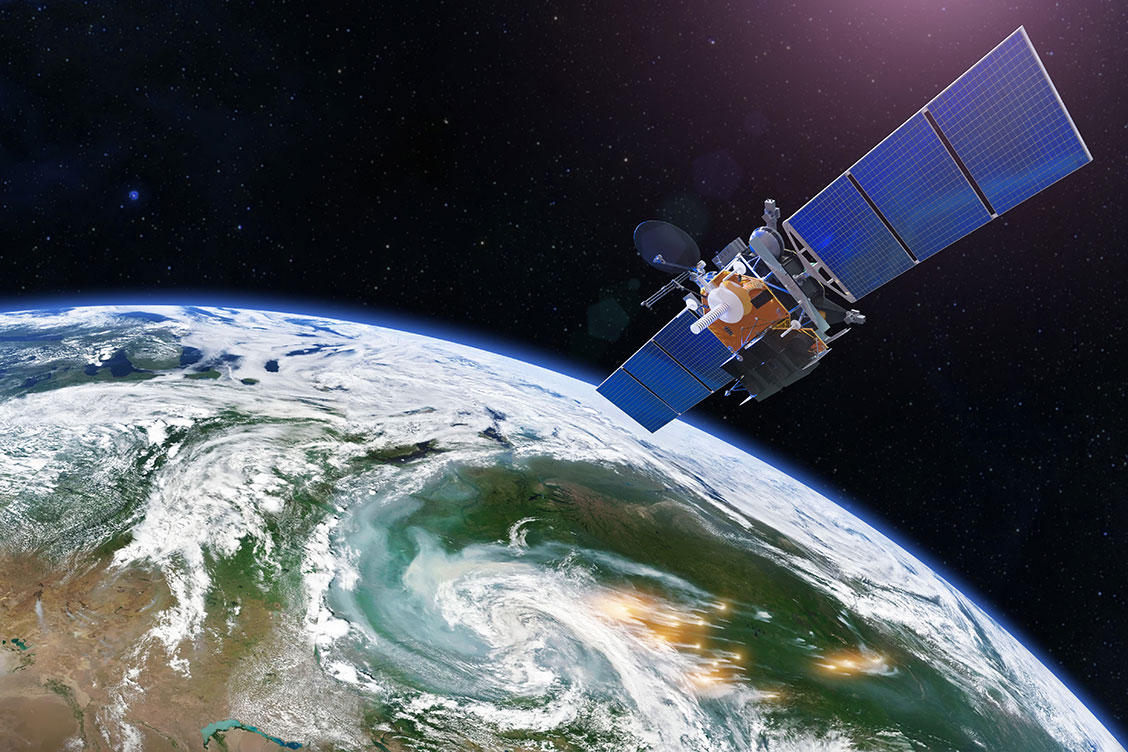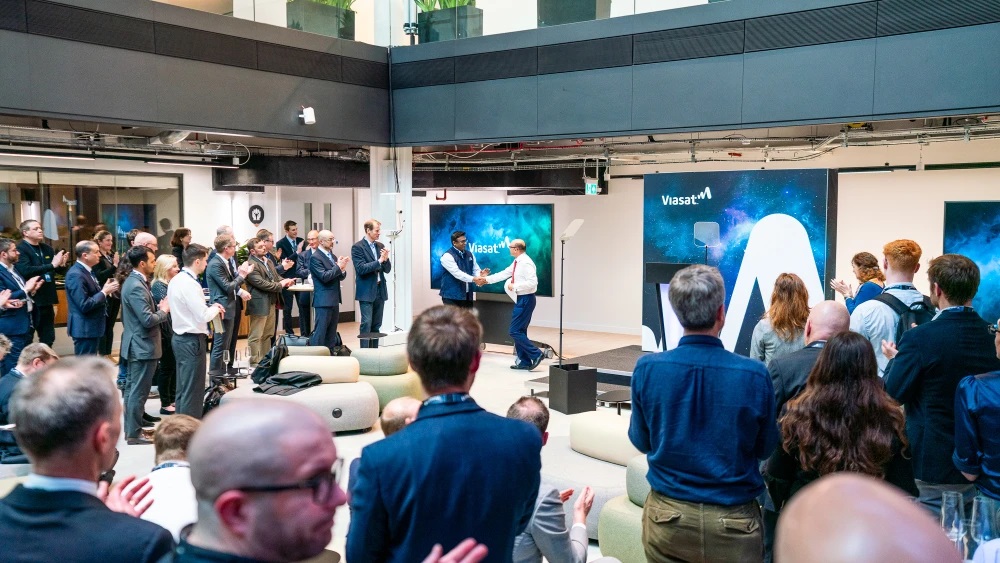QinetiQ human senses experiments arrive at ISS

Above: The Grip experiment.
QinetiQ’s Grip experiment, designed and built for the European Space Agency (ESA), comprises a chair and worktable equipped with sensors to measure the subject’s movement, position , grip-force, and finger humidity as he or she performs tasks. The Grasp experiment is an addition to Grip, in which the astronaut wears virtual reality glasses to map the link between what they feel and what they observe through their other sensors, such as eyes, muscles and vestibular (balance) organs.
The experiments aim to improve understanding of the body’s sensory feedback system, and the findings could help scientists on Earth to explore new treatments for neurological disease.
Marc Dielissen, project leader at QinetiQ, said: “These experiments were complex to build but are simple to operate, and the science carried out in space could change lives here on Earth. This is a proud addition to our extensive and growing repertoire of the most advanced space technologies, from flight control systems to autonomous small satellites.”
The experiments and their components were built with innovative folding mechanisms to take up as little room as possible on the Space X CRS-10 unmanned spacecraft, which delivered the payload to the ISS following its launch on 19 February 2017.
The workstation arrived safely on 23 February 2017 and will later be installed in the centre aisle of the ISS Columbus module, although the road to success hasn’t been entirely smooth, as Marc explained:
“The first experiment was lost two years ago when the unmanned cargo supply spacecraft taking the rig to the International Space Station ISS exploded. However, our team had everything well documented, so we were able to rebuild the whole experiment in just a year, and even add the extra Grasp hardware.”







